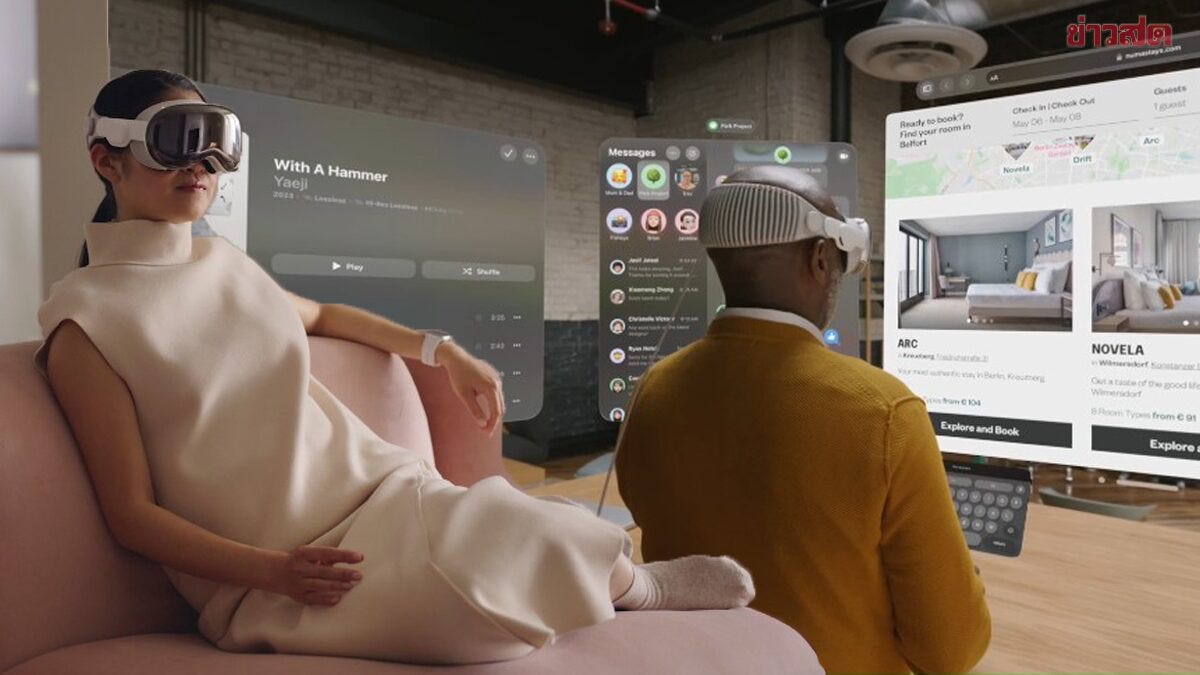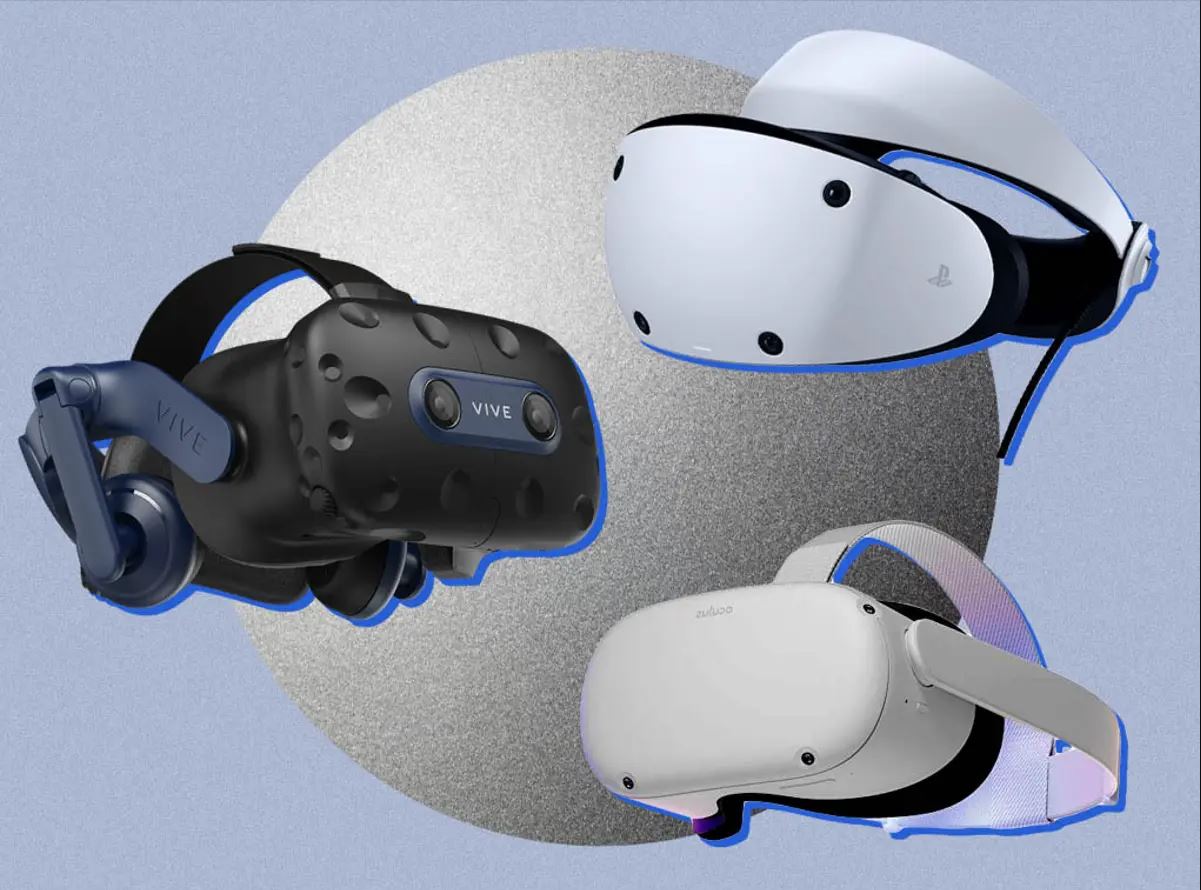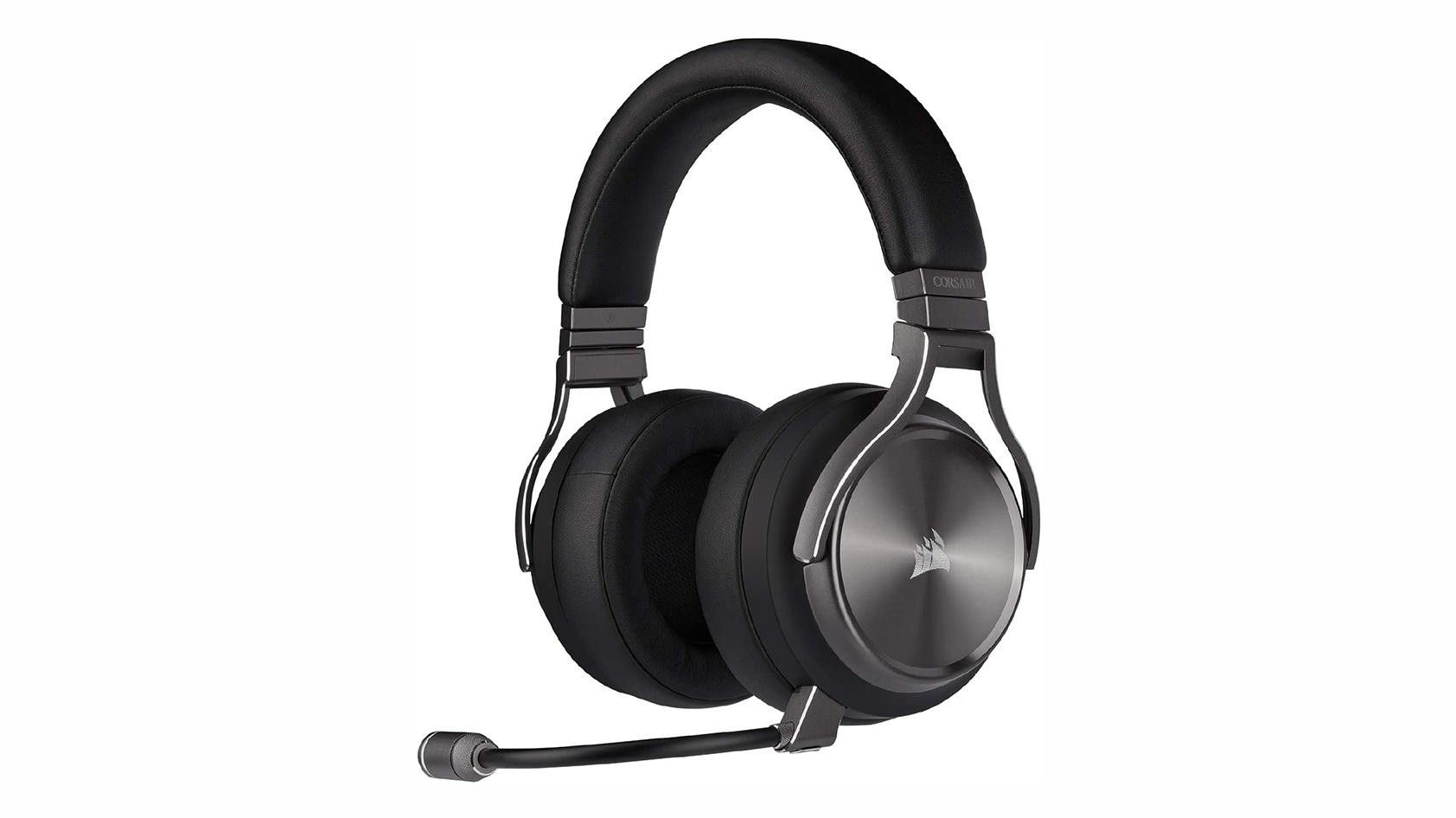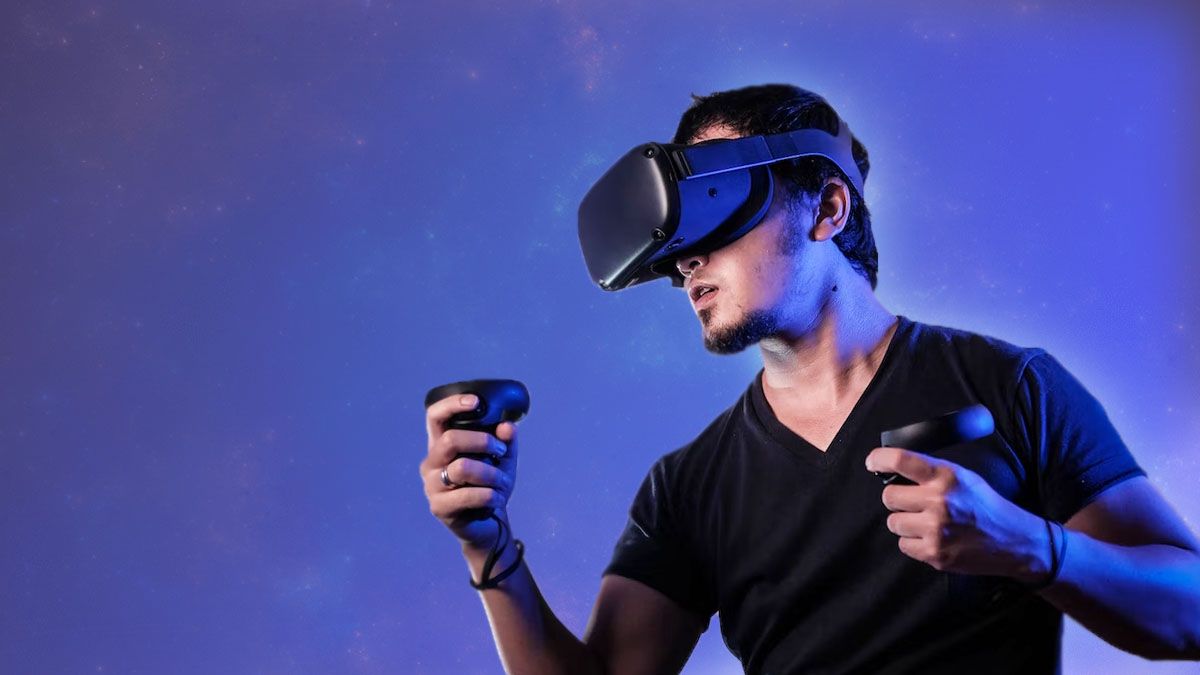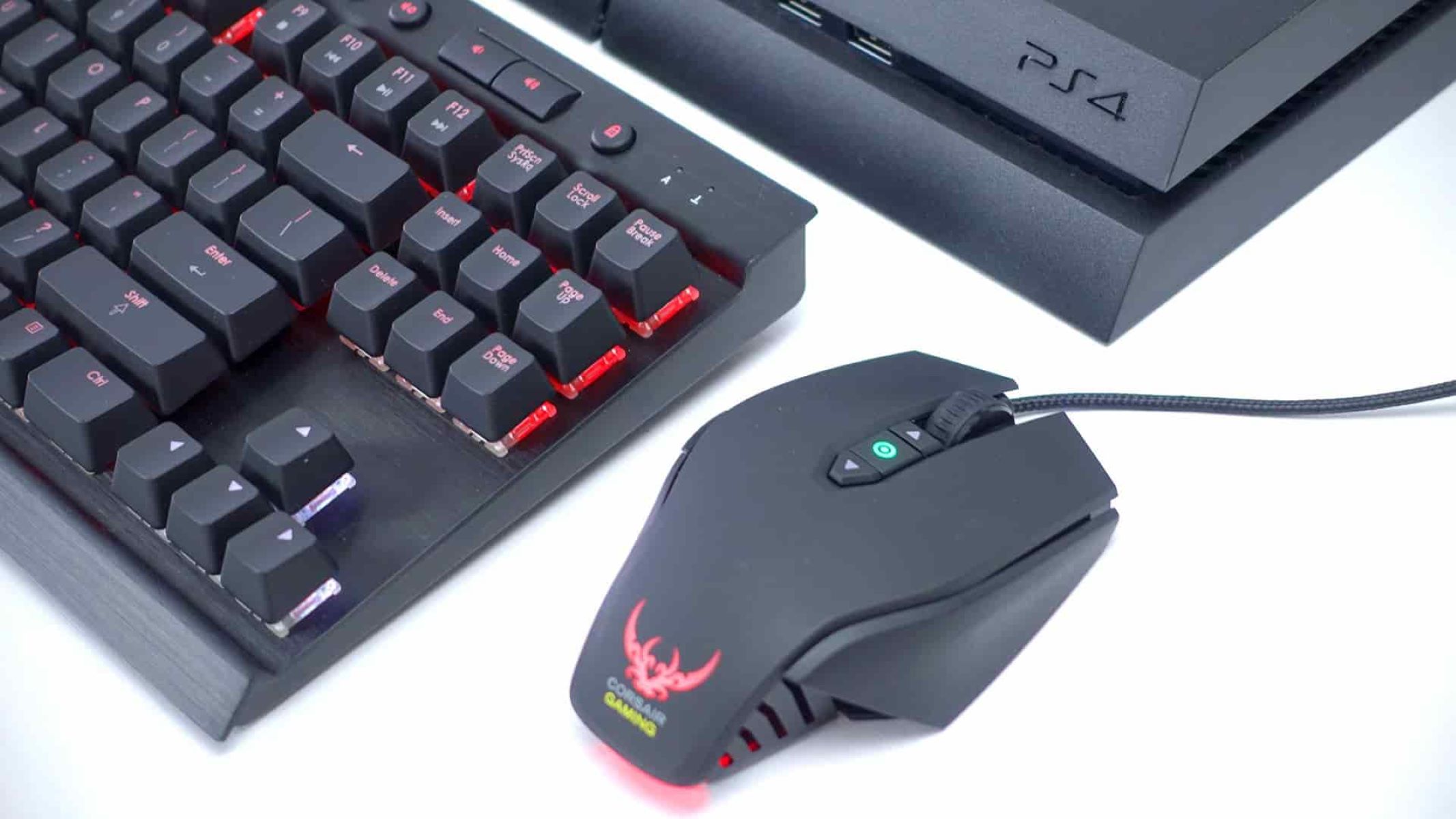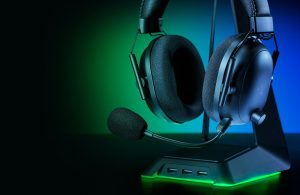Introduction
When it comes to gaming, a high-quality headset is essential for an immersive and enjoyable experience. However, connecting a gaming headset to a computer can sometimes be a bit perplexing, especially with the myriad of cable options available. Understanding the specific type of cable required for your gaming headset is crucial to ensure seamless compatibility and optimal performance.
In this comprehensive guide, we will delve into the world of gaming headset connectors and explore the various types of cables designed for gaming headsets. Whether you are a seasoned gamer or a novice in the gaming realm, this article will equip you with the knowledge needed to make informed decisions when it comes to connecting your gaming headset to your computer. Additionally, we will provide step-by-step instructions on how to connect your gaming headset to your computer, empowering you to dive into your gaming adventures with confidence.
So, if you've ever found yourself pondering, "What kind of cable do I need to make a gaming headset work on a computer?" – fret not! By the end of this guide, you will have a clear understanding of the cable requirements for your gaming headset and the necessary steps to establish a seamless connection with your computer. Let's embark on this enlightening journey into the realm of gaming headset connectivity.
Understanding Gaming Headset Connectors
Before delving into the specific types of cables, it’s essential to grasp the fundamentals of gaming headset connectors. Gaming headsets typically feature a variety of connectors, each serving a distinct purpose in facilitating audio input and output. Understanding these connectors is crucial in determining the appropriate cable for your gaming headset.
One of the most common gaming headset connectors is the 3.5mm audio jack. This connector is widely used in gaming headsets and is compatible with a vast array of devices, including computers, gaming consoles, and mobile devices. It facilitates both audio output (for headphones) and input (for the microphone), making it a versatile option for connecting gaming headsets to various devices.
Another prevalent connector is the USB port. Many modern gaming headsets are equipped with USB connectors, offering advantages such as digital audio processing and enhanced compatibility with computers. USB connections can provide superior audio quality and may offer additional features, such as customizable sound settings and integrated controls.
Some gaming headsets also utilize proprietary connectors designed specifically for certain gaming consoles or devices. These connectors are tailored to the unique specifications of the respective gaming platforms, ensuring seamless compatibility and optimized performance.
Understanding the connectors featured on your gaming headset is essential in determining the most suitable cable for connecting it to your computer. Whether it’s a 3.5mm audio jack, USB port, or a proprietary connector, each type has distinct characteristics that influence the choice of cable and the method of connection.
Now that we’ve gained insight into gaming headset connectors, let’s explore the diverse types of cables designed to interface these connectors with your computer.
Types of Cables for Gaming Headsets
When it comes to connecting your gaming headset to your computer, various types of cables cater to different connector configurations. Understanding these cables is pivotal in ensuring seamless compatibility and optimal audio performance. Below are the primary types of cables commonly used for gaming headsets:
- 3.5mm Audio Cable: This ubiquitous cable features a 3.5mm jack on both ends and is ideal for gaming headsets equipped with 3.5mm audio jacks. It facilitates the transmission of audio signals between the headset and the computer, allowing for both headphone audio and microphone input. The 3.5mm audio cable is versatile and compatible with a wide range of devices, making it a popular choice for connecting gaming headsets to computers.
- USB Cable: Gaming headsets with USB connectors utilize USB cables to establish a connection with the computer. These cables not only transmit audio signals but also facilitate digital audio processing, enabling advanced sound customization and enhanced audio performance. USB cables offer the advantage of broader compatibility and may provide additional features, such as integrated controls and customizable sound settings.
- Proprietary Cables: Some gaming headsets employ proprietary cables designed specifically for certain gaming platforms or devices. These cables are tailored to the unique connectors of the respective gaming headsets, ensuring seamless compatibility and optimal performance. While proprietary cables are less common, they are essential for connecting specialized gaming headsets to computers or gaming consoles.
Each type of cable serves a specific purpose based on the connector configuration of the gaming headset. Understanding the compatibility and functionality of these cables is essential in selecting the appropriate cable for your gaming headset and computer setup.
Now that we’ve explored the types of cables for gaming headsets, let’s proceed to the next section, where we will discuss the factors to consider when choosing the right cable for your gaming headset.
Choosing the Right Cable for Your Gaming Headset
When it comes to selecting the appropriate cable for your gaming headset, several factors come into play to ensure seamless connectivity and optimal audio performance. Consider the following aspects when choosing the right cable for your gaming headset:
- Connector Compatibility: Assess the connector type featured on your gaming headset. If it has a 3.5mm audio jack, a 3.5mm audio cable would be suitable. For headsets with USB connectors, a USB cable is the preferred choice. Additionally, for specialized gaming headsets with proprietary connectors, the corresponding proprietary cable is essential for seamless compatibility.
- Audio Quality and Features: Evaluate your audio preferences and the features offered by different cables. USB cables may provide advantages such as digital audio processing, customizable sound settings, and integrated controls, enhancing the overall audio experience. Consider the audio quality and additional features that align with your gaming and audio preferences.
- Device Compatibility: Ensure that the chosen cable is compatible with your computer and gaming headset. Verify the compatibility of the cable with your computer’s USB ports or audio jacks, and ascertain that it is designed to interface with your specific gaming headset model.
- Length and Flexibility: Consider the length and flexibility of the cable, especially if you require freedom of movement during gaming sessions. Opt for a cable length that accommodates your setup and provides the desired range of motion without causing restrictions.
By carefully considering these factors, you can make an informed decision when selecting the right cable for your gaming headset. Whether it’s a 3.5mm audio cable, USB cable, or a proprietary connector, choosing the appropriate cable is pivotal in establishing a seamless connection and optimizing the audio experience on your computer.
Now that we’ve explored the key considerations for choosing the right cable for your gaming headset, let’s proceed to the next section, where we will provide step-by-step instructions on how to connect your gaming headset to your computer.
How to Connect Your Gaming Headset to Your Computer
Connecting your gaming headset to your computer is a straightforward process, and it begins with identifying the type of connector and cable required for your specific gaming headset. Follow the steps below to establish a seamless connection between your gaming headset and computer:
- Identify the Connector: Determine the type of connector featured on your gaming headset. Whether it’s a 3.5mm audio jack, USB port, or a proprietary connector, understanding the interface is crucial in selecting the appropriate cable for connection.
- Choose the Right Cable: Based on the connector type, select the suitable cable for connecting your gaming headset to your computer. Ensure that the cable is compatible with both your gaming headset and computer, considering factors such as audio quality, device compatibility, and flexibility.
- Connect the Cable: Once you have the correct cable, proceed to connect it to your gaming headset and the corresponding ports on your computer. For 3.5mm audio cables, insert the jacks into the headphone and microphone ports on your computer. If using a USB cable, plug it into an available USB port on your computer.
- Configure Audio Settings: After connecting the cable, configure the audio settings on your computer to recognize the gaming headset. Access the sound settings on your computer and select the gaming headset as the default audio input and output device. This ensures that the computer directs audio signals to and from the gaming headset.
- Test the Connection: Once the cable is connected and the audio settings are configured, test the connection by playing audio or using the microphone on your gaming headset. Ensure that the audio is being transmitted correctly and that the microphone input is functioning as expected.
By following these steps, you can seamlessly connect your gaming headset to your computer, allowing you to indulge in immersive gaming experiences and seamless communication with fellow gamers.
With the gaming headset successfully connected to your computer, you are now ready to embark on your gaming adventures with enhanced audio clarity and seamless communication, elevating your overall gaming experience.
Conclusion
Understanding the intricacies of gaming headset connectors and the diverse types of cables available is fundamental to establishing a seamless connection between your gaming headset and computer. Whether your gaming headset features a 3.5mm audio jack, USB port, or a proprietary connector, selecting the appropriate cable is pivotal in ensuring compatibility and optimal audio performance.
By considering factors such as connector compatibility, audio quality, device compatibility, and flexibility, you can make informed decisions when choosing the right cable for your gaming headset. This empowers you to create an immersive audio environment tailored to your gaming preferences.
With the step-by-step guide on connecting your gaming headset to your computer, you can confidently navigate the process, from identifying the connector type to configuring audio settings. This seamless connection facilitates an immersive gaming experience, allowing you to indulge in high-quality audio and seamless communication with fellow gamers.
Armed with the knowledge gained from this guide, you are well-equipped to make informed decisions when connecting your gaming headset to your computer, ensuring that your gaming experiences are enriched by optimal audio performance and seamless connectivity.
Now, armed with this knowledge, you can confidently select the appropriate cable for your gaming headset, establish a seamless connection with your computer, and immerse yourself in captivating audio experiences as you embark on thrilling gaming adventures.









